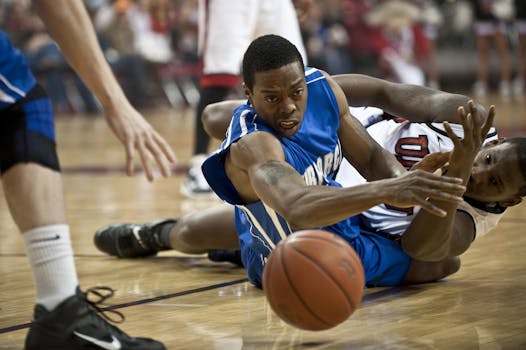 Its that time of the year, when my school hosts a huge basketball tournament. Usually both the boys and girls teams from eight different schools fly in or snow machine in to participate.
Its that time of the year, when my school hosts a huge basketball tournament. Usually both the boys and girls teams from eight different schools fly in or snow machine in to participate. The games started yesterday morning at 10:30 A.M., when our junior varsity team played against Bethel's junior varsity. We lost by a significant margin but the girls played well.
About half my class is on either the girls or boys teams so they'd rather be in the stands watching others so they know the type of plays they will be up against while the other would just as soon skip class to watch the games.
With that in mind, I planned a week filled with basketball math so I could take them to the games and still continue to teach math. I spend the first two days of the week teaching students to read box scores with field goals made out of field goals attempted, free throws made out of free throws attempted and 3 point field goals made out of attempts. We worked on learning to read those scores so students could calculate the individual total scores and the teams final scores.
The next step was to have students calculate each players success from the list of scores. The final step was to compare the players with the rates for professional players to get a better idea of how well the players in the exercise compare with professionals. Most of my students really have no idea what a good success rate is nor do they know how to look at the over all picture.
This activity gave students a foundational knowledge of how basketball stats are calculated and how to compare the results to get an idea of who is a good player. You probably wonder where I am going with this? Since I take my students to the games, I give them an assignment to pick out a player and keep track of all the attempts made for one, two, and three points during the game.
Since each class is at a different time and the tournament is going have a winners and losers brackets, they will be observing different teams. This I plan to have students analyze the players they chose, work with others to create their dream team based on these results.
The final step in this will be to create a whole class discussion of all the results for two days of games so they can put together the dream team with suggestions from each group. I am hoping this is a way to get students to see how the professional teams select potential players.
Let me know what you think. Have a great day.
No comments:
Post a Comment